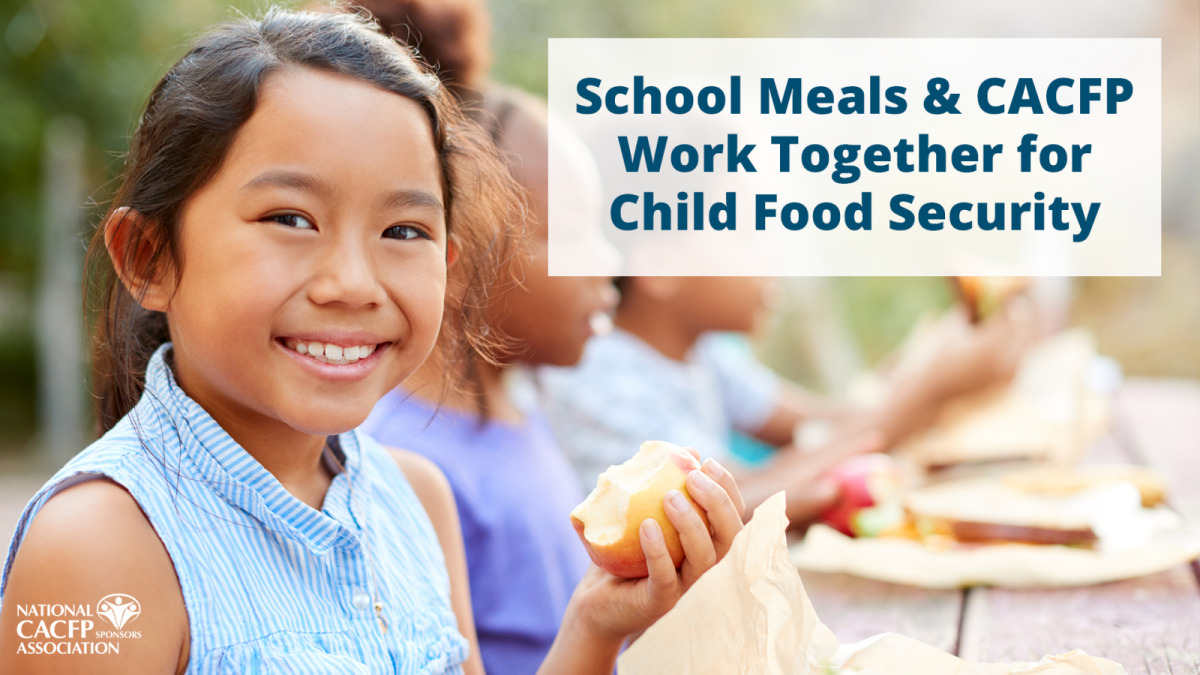Who’s Getting Food to Children Outside of School?
August 7, 2024

During the school year, 28.5 million children rely on a school-provided lunch each day. The National School Lunch Program (NSLP) is undoubtedly a crucial source of nutritious meals for school-aged children. But where do children get meals before they are old enough to attend school? And, where do school-aged children get meals when the school day is over or when school is cancelled? The Child and Adult Care Food Program (CACFP) operates alongside NSLP to provide an encompassing meal service throughout all stages of childhood (infant, toddler, preschooler, school-aged).
Ensuring Good Nutrition Early in Life
The CACFP reimburses early childhood education programs for serving up to two meals and a snack to those in their care. While school meals provide nutritious food to many children ages six and up, younger children and infants do not yet have access to those meals. Before they reach school age, most children spend their days at a child care facility. Receiving good nutritious early in life is critical for a child’s proper development and through the CACFP child care facilities are able to provide highly nutritious meals to the children and infants in their care.
Providing the Final Meal of the Day
Schools and afterschool care programs can also participate in CACFP and be reimbursed for serving an afterschool snack and supper. Once children are old enough to attend school, they are assured that they will have at least one nutritious meal during the day. The NSLP is required to provide one-third of the daily calorie needs for participants through the foods provided at lunch. Twenty million children receive free or reduced-price school lunch and half of them also participate in the School Breakfast Program (SBP) which provides additional calories at the start of the day. However, the other one-third of their dietary needs are not fulfilled during the school day. This is where the CACFP steps in to provide supper afterschool to ensure that children receive a nutritious meal to round out their day.
Promote Meals in Child Care and Afterschool
More than 4.7 million children in child care and school-aged children in afterschool programs receive meals through the CACFP. The CACFP is providing meals to fill in the gaps where school meals are limited. The two programs work together to ensure that children are food secure; however, there are still many children who are not accessing these meals due to lack of awareness. Help ensure that our Nation’s children receive the meals they need for proper health, development, and success. Spread the word about the importance of the CACFP!
